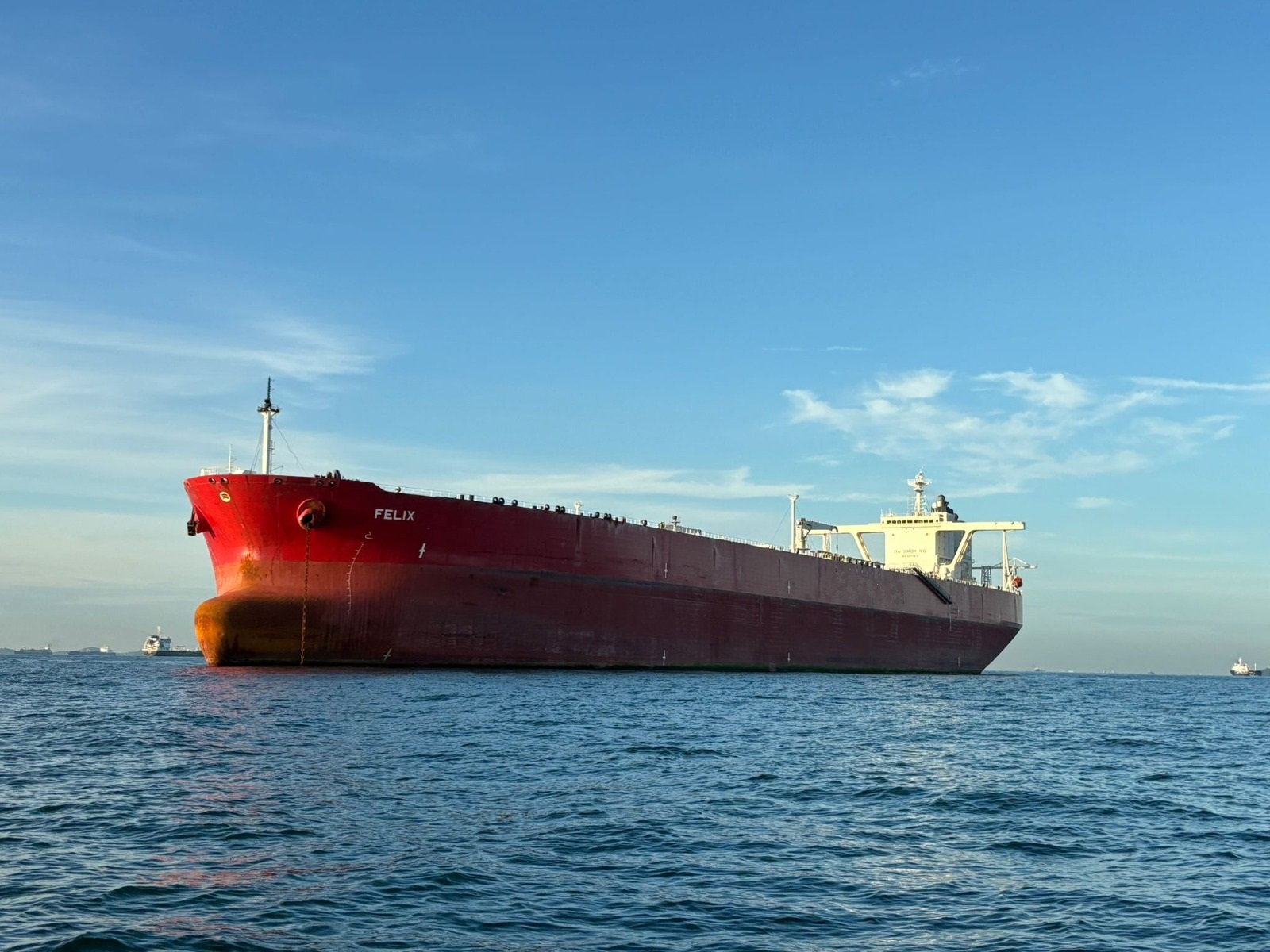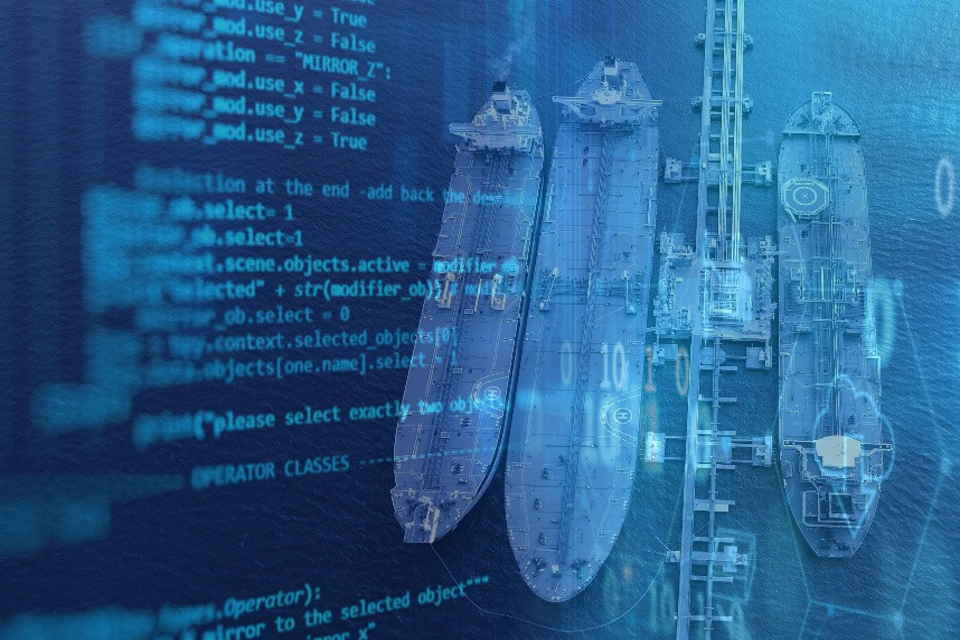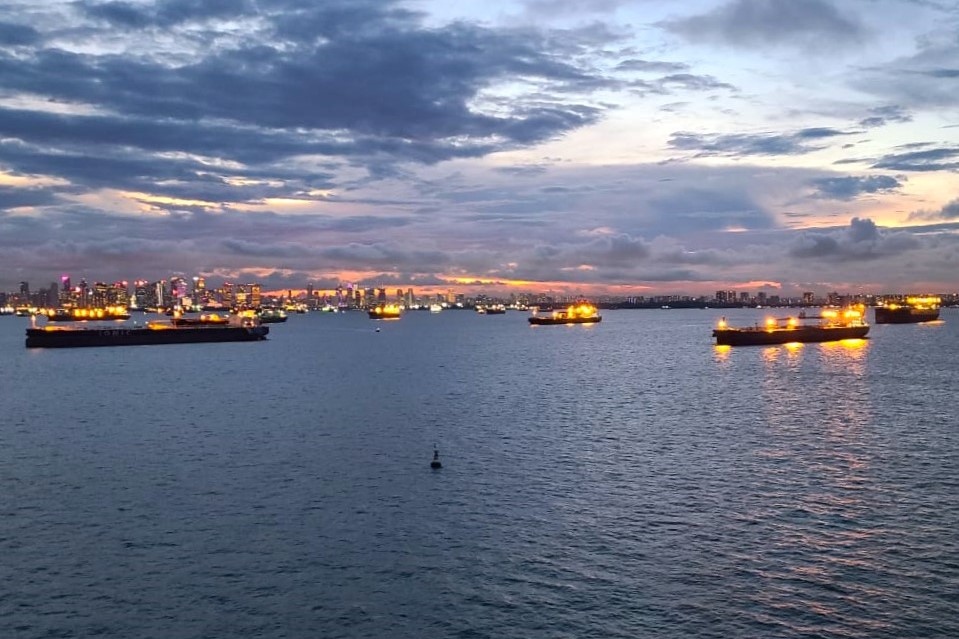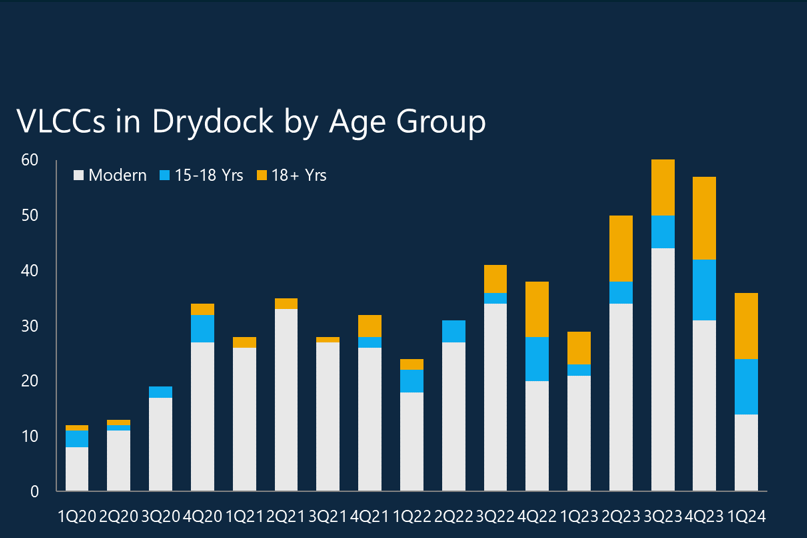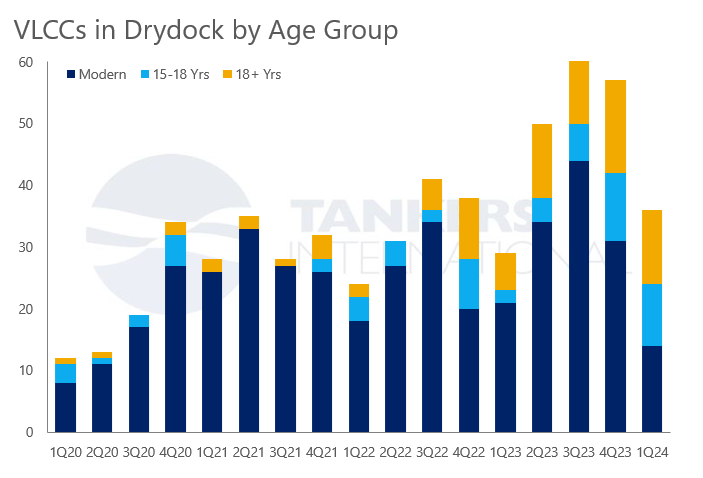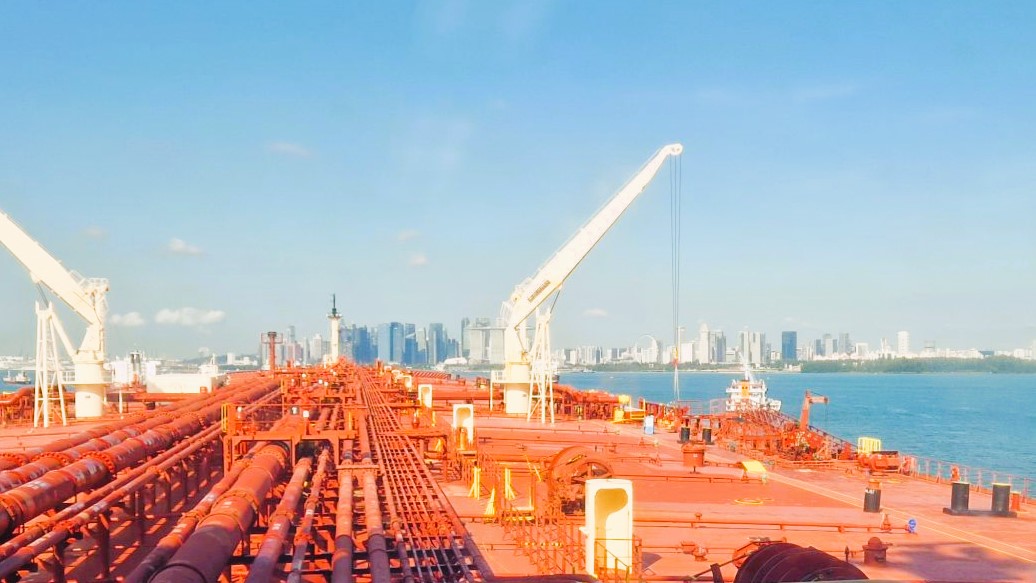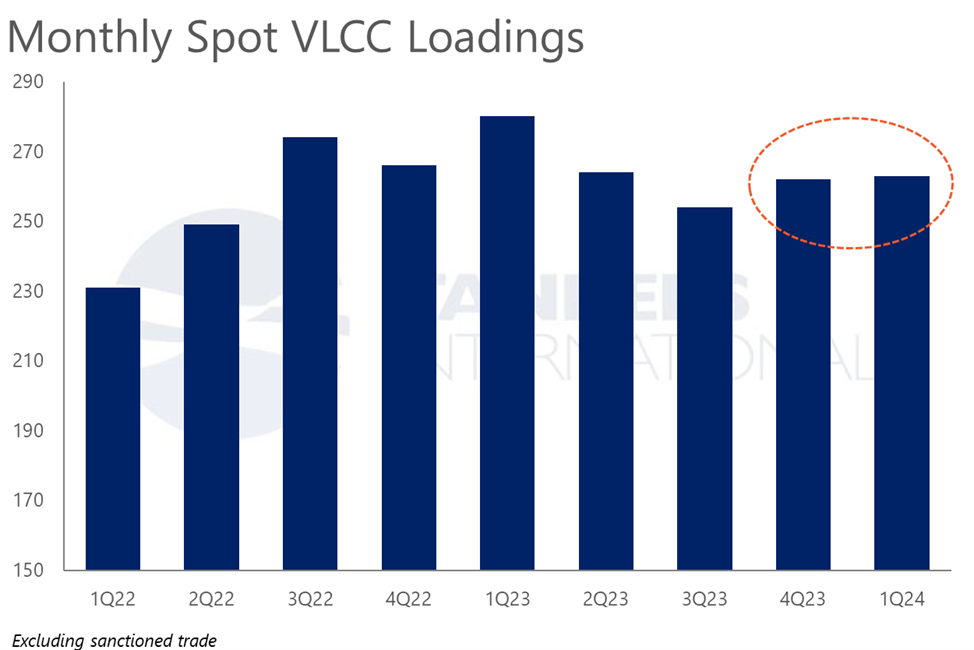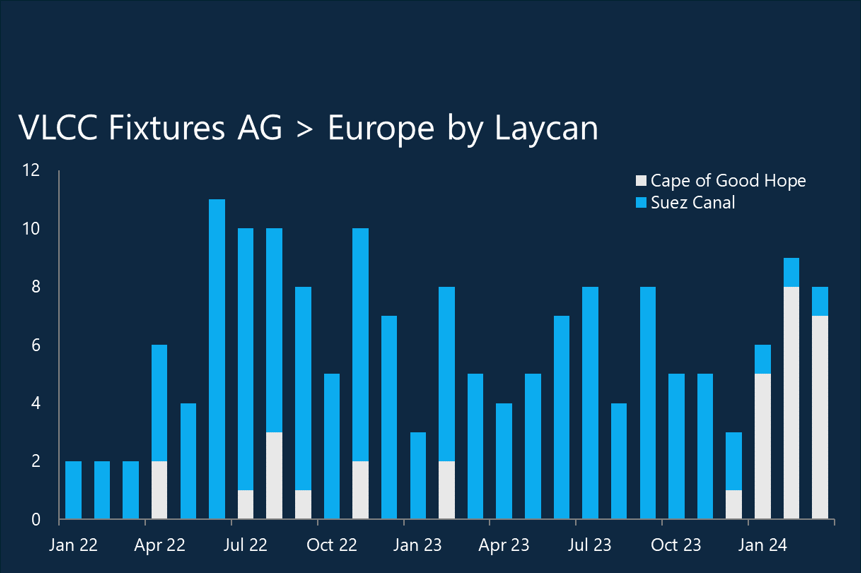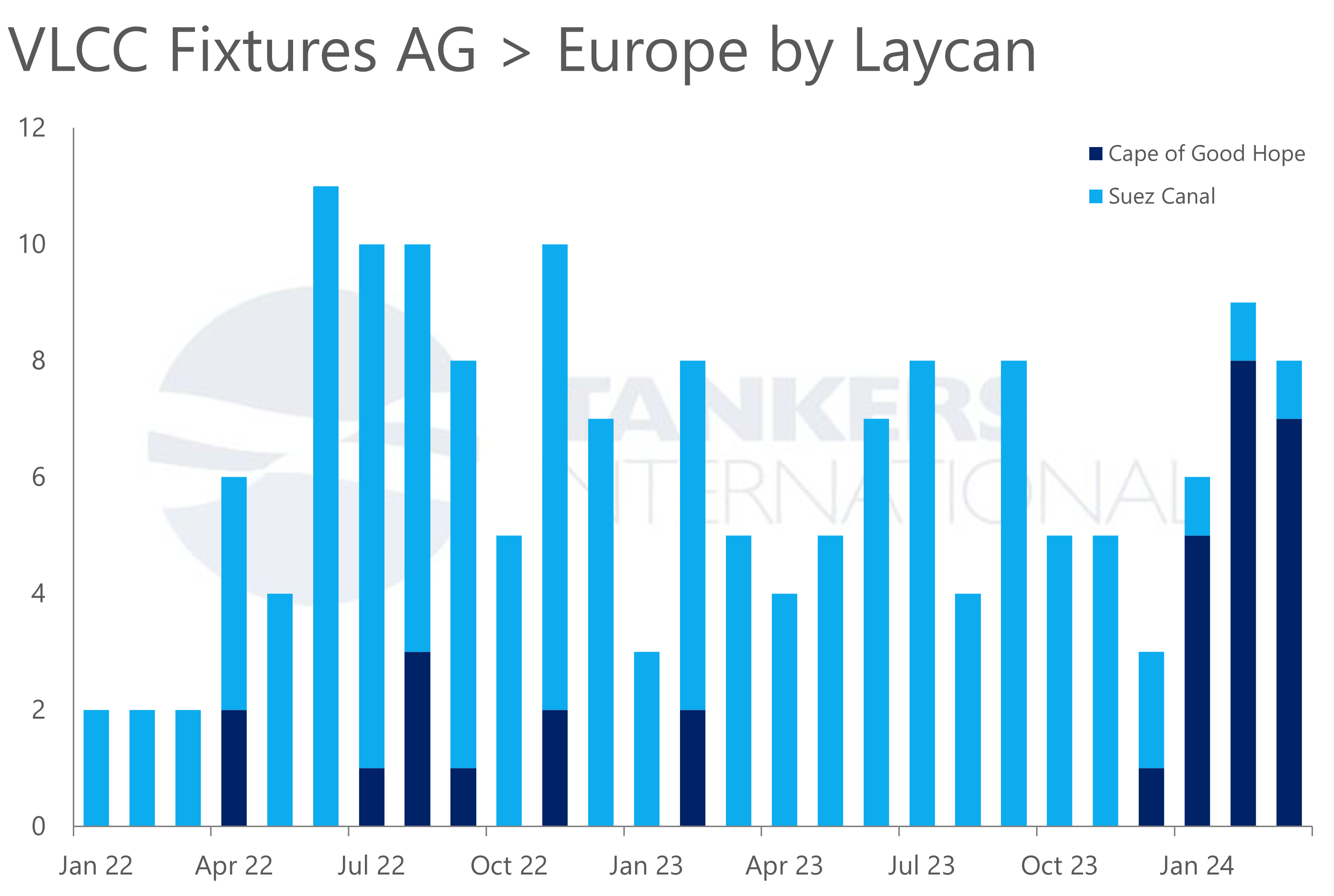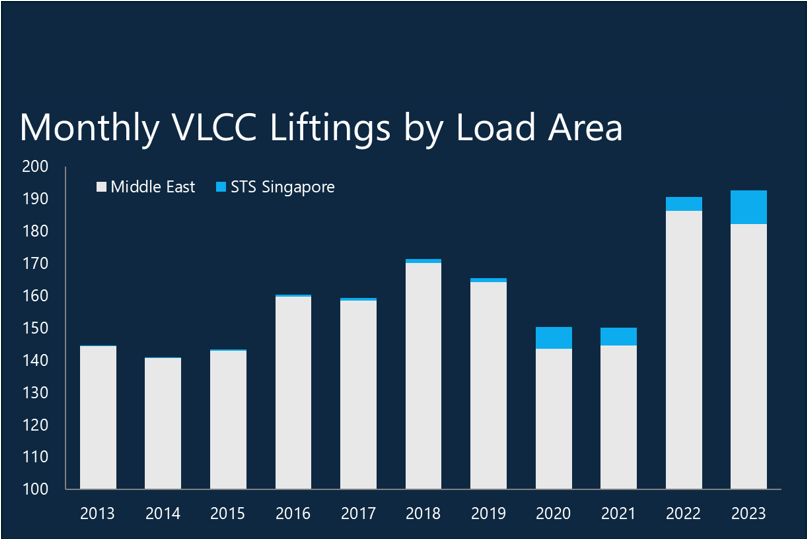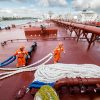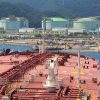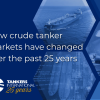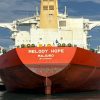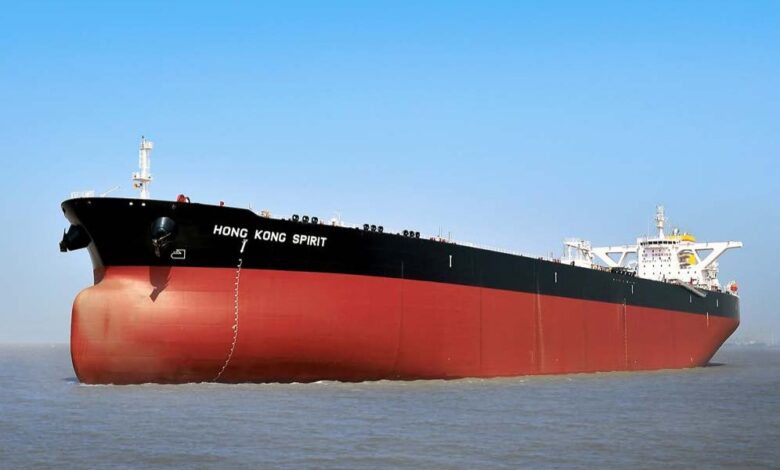
Tankers International welcomes Wah Kwong’s VLCC Hong Kong Spirit, taking the pool to 36 vessels
London, 18 September, 2024: Tankers International, the world’s largest shipping pool for VLCCs, has welcomed Hong Kong based Wah Kwong as a pool partner, with the Hong Kong Spirit (IMO: 9602289) joining the scrubber pool.
The Hong Kong Spirit joined the VLCC pool in September 2024. The vessel was built in 2013, maintaining the pool’s average fleet age of 11.2 years.
Wah Kwong is an integrated global vessel owner-operator based in Hong Kong. It manages a modern, efficient fleet spanning bulk carriers, crude tankers, LPG tankers, container ships, and tonnage ranging from 4,000 to 318,000 DWT. The company was founded in 1952 by T.Y. Chao and is still managed by the third generation of the Chao family. As a pool partner, Wah Kwong will access a larger and more diverse customer base and cargo portfolio, market-leading insights, and support for compliance with environmental regulations.
Charlie Grey, CEO of Tankers International, said: “Wah Kwong’s decision to join our VLCC pool is a clear signal that pooling provides tangible benefits to our partners. From improved cash flow and revenues, fairer charter party terms, plus access to a wider customer base and market intelligence, pooling simplifies a shipowner’s role. Wah Kwong contributes yet another layer of excellence to our information sharing culture between world-leading shipowners, supporting pool members with both environmental compliance as well as commercial advantages.”
Will Fairclough, Managing Director of Wah Kwong added: “Shipping is a volatile industry, and we are always striving to provide a hedge against sector risks. We have been impressed by the Tankers International team’s ability to help us take advantage of market upsides while delivering stable and regular cash flow. We look forward to collaborating with other industry-leading shipowners to ensure healthy returns, and accessing the market data and industry intelligence that comes from being part of the Tankers International Pool.”
The addition of Wah Kwong to the Tankers International VLCC pool follows the MT Felix and MT Symphony which joined earlier this year.
ENDS


